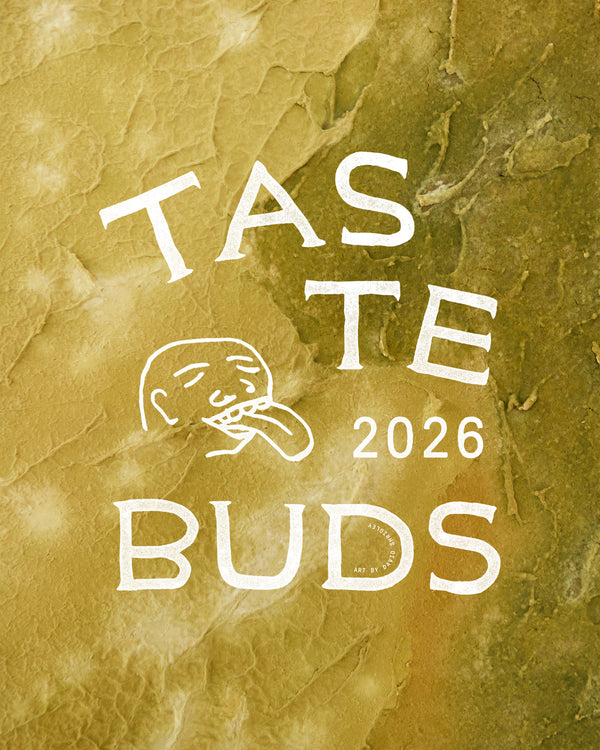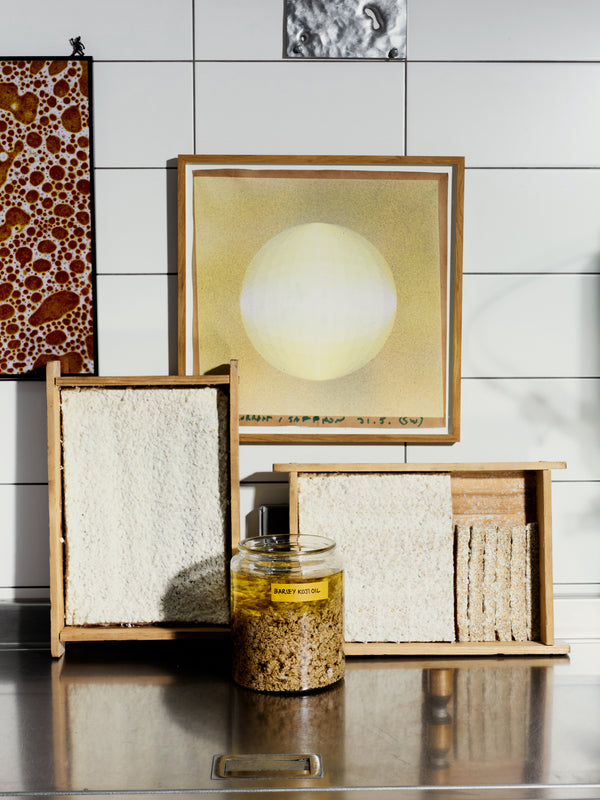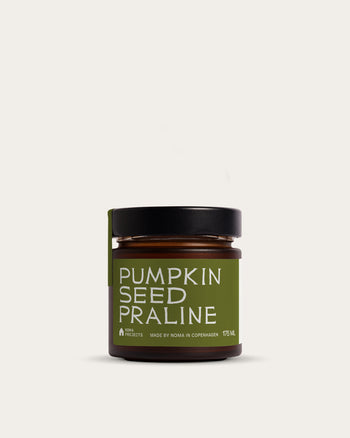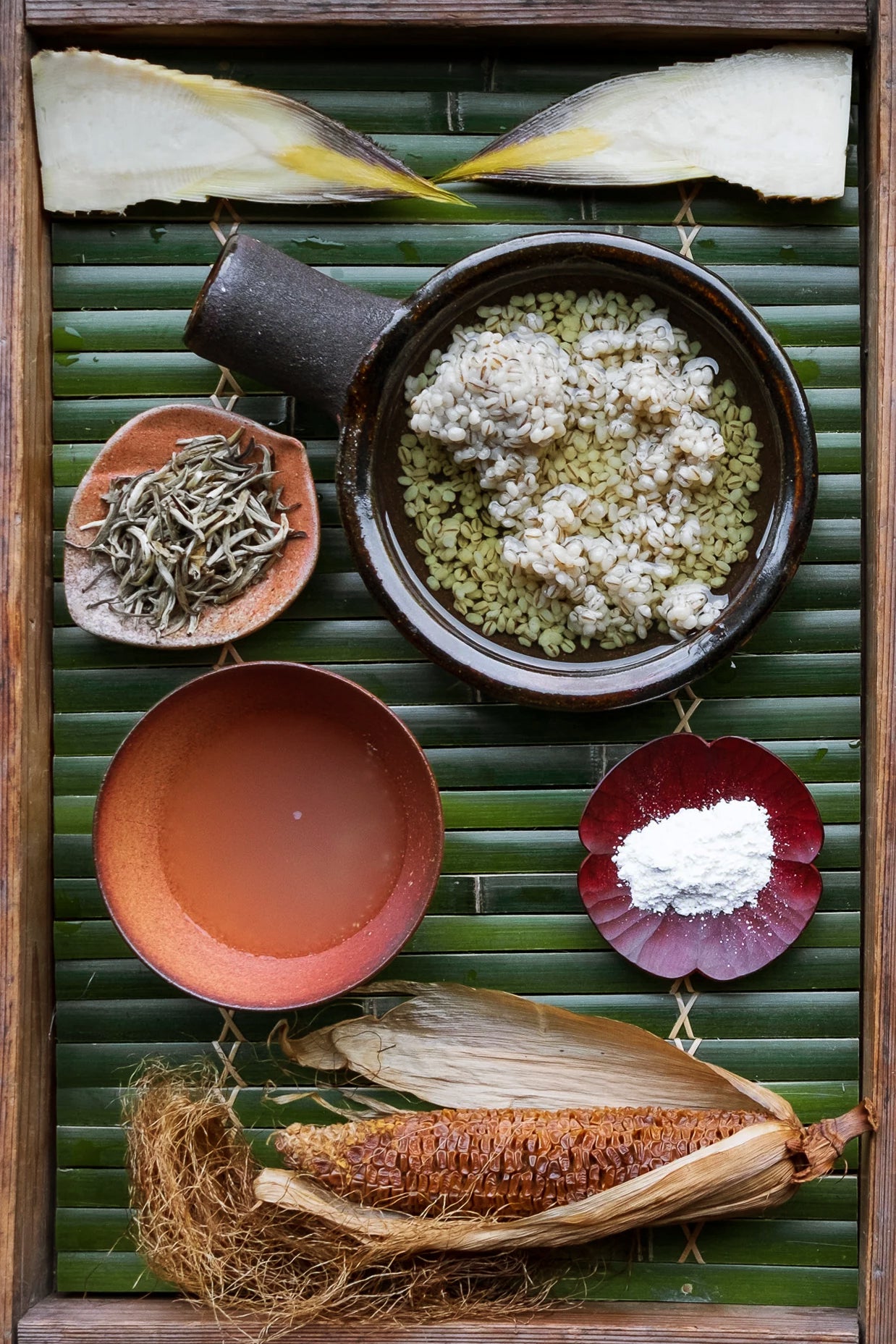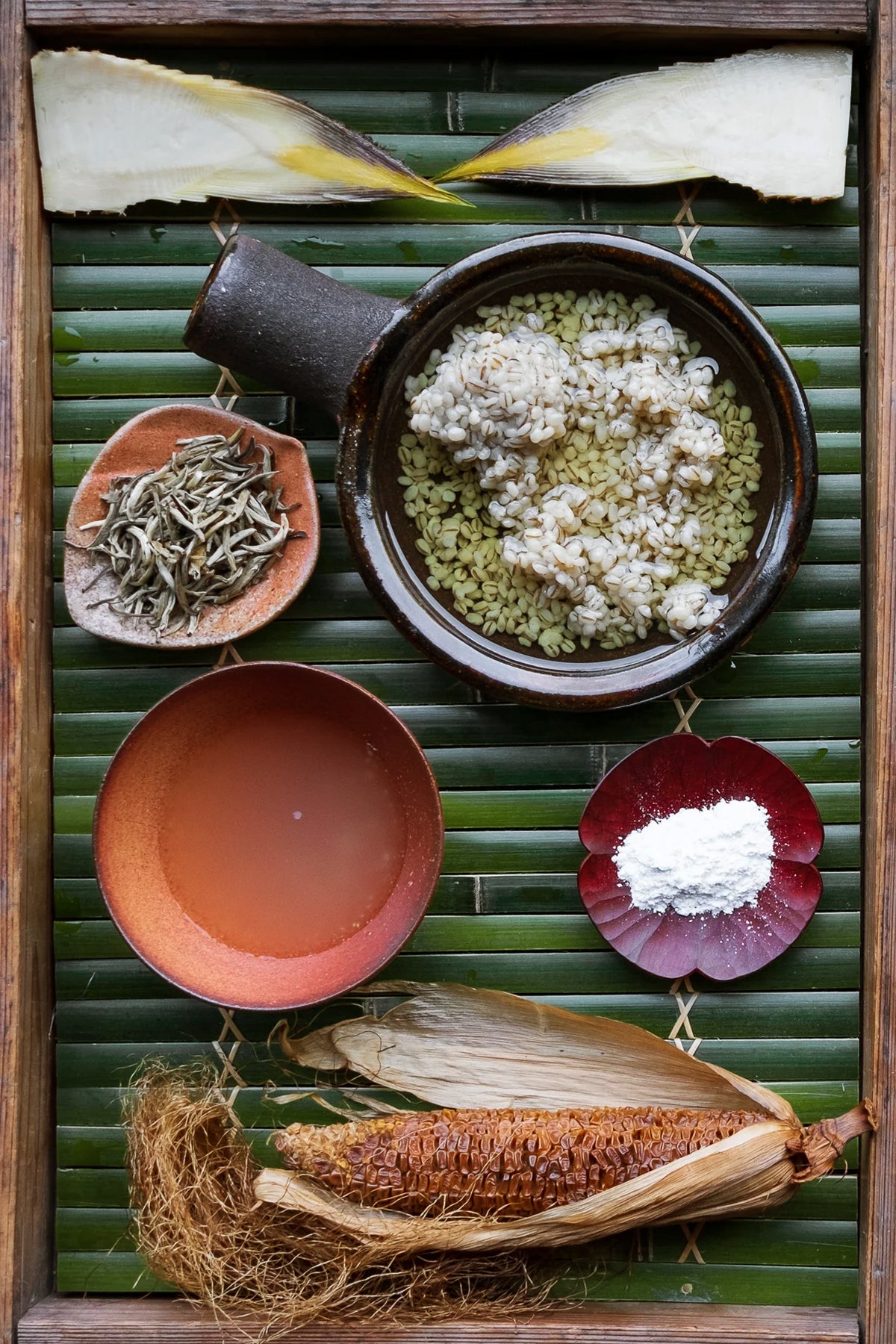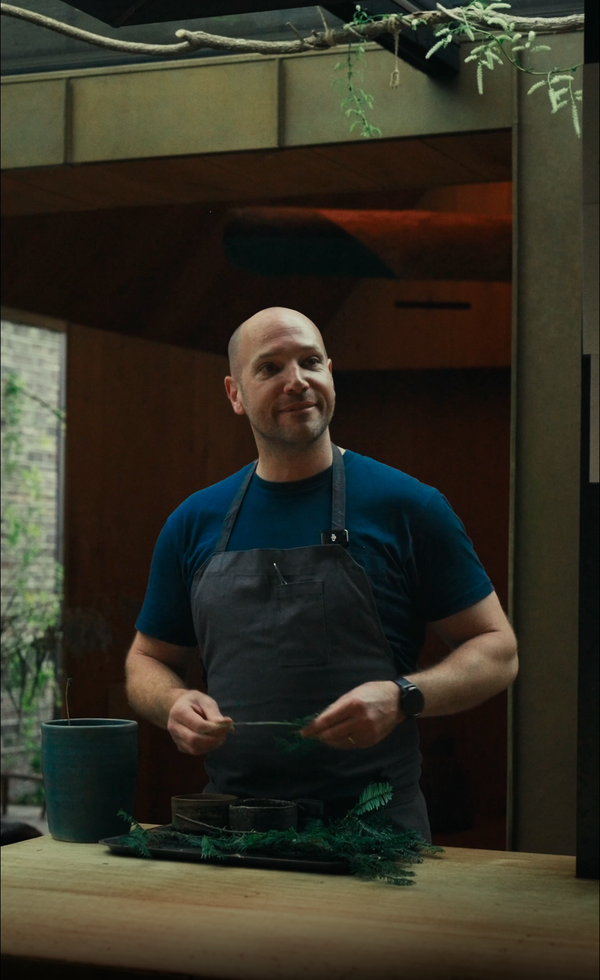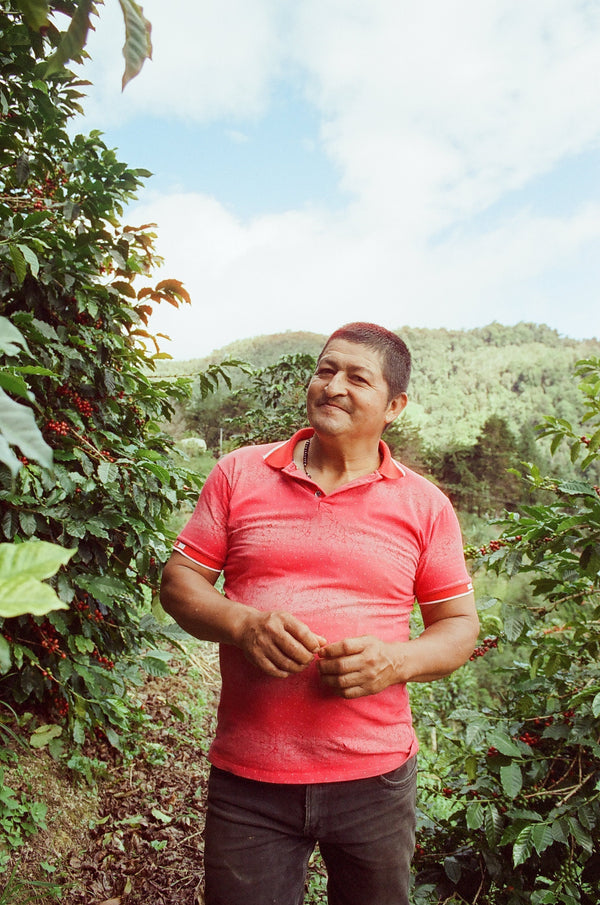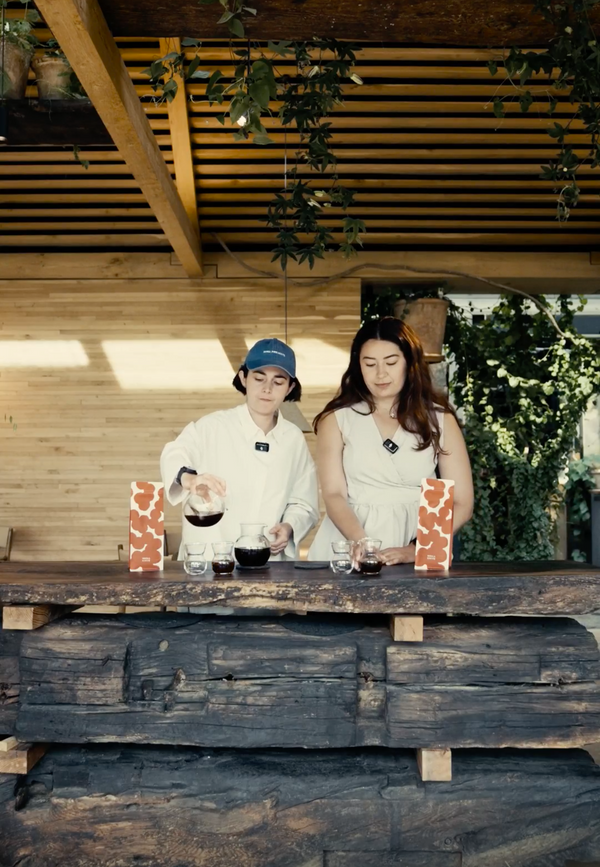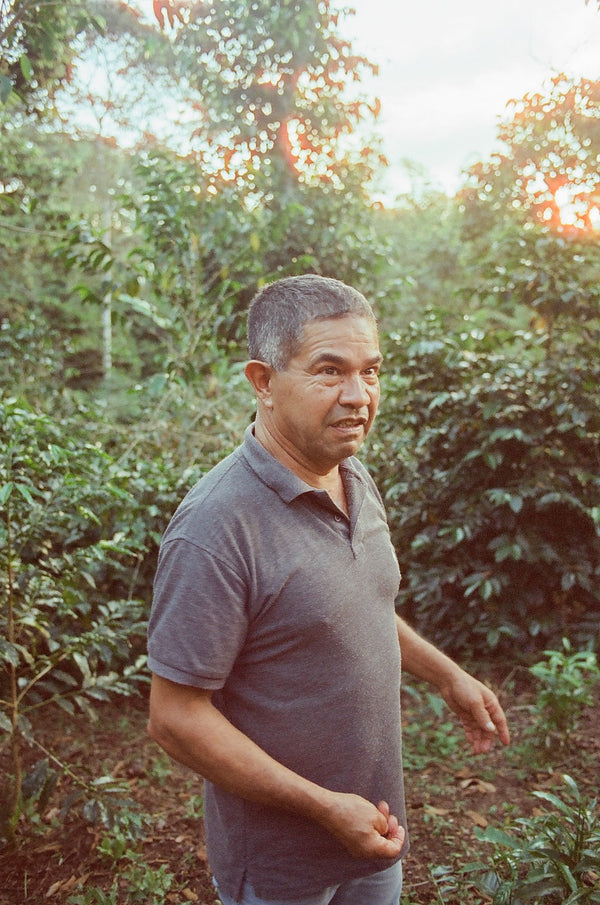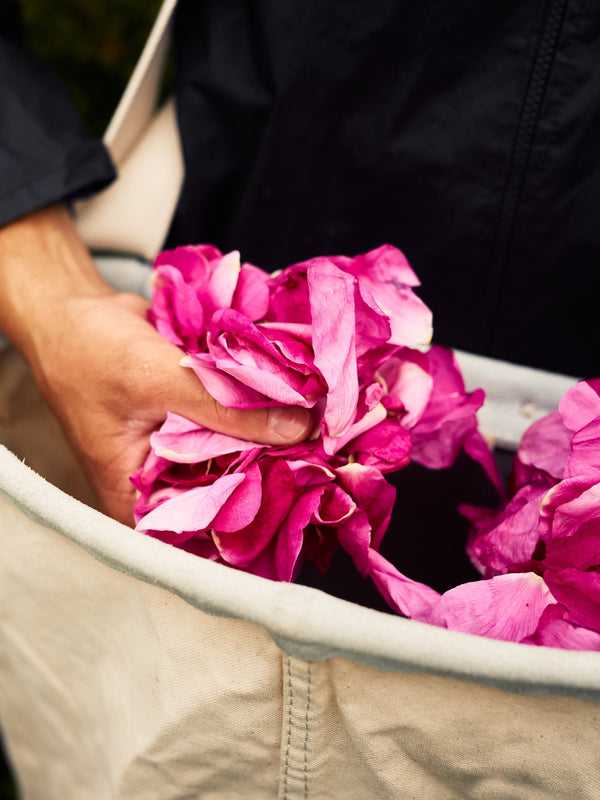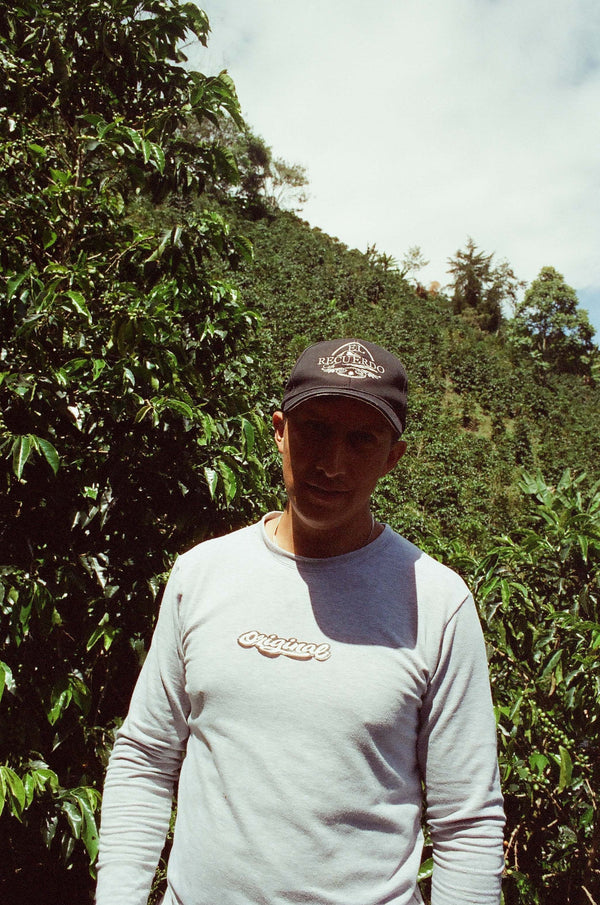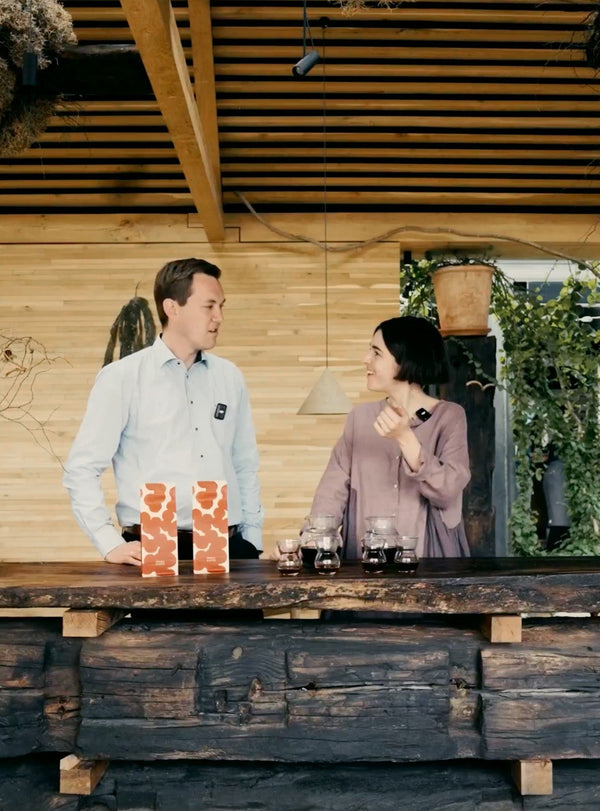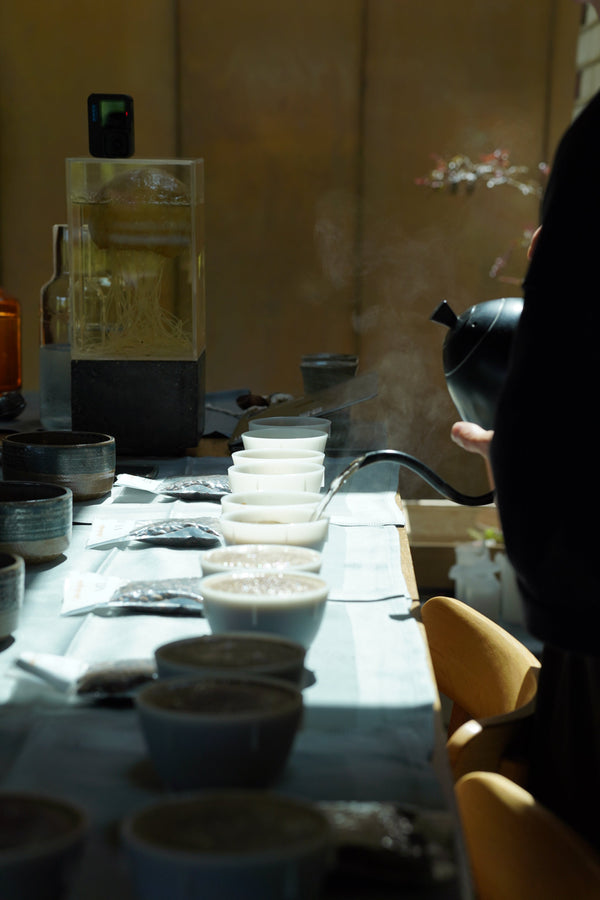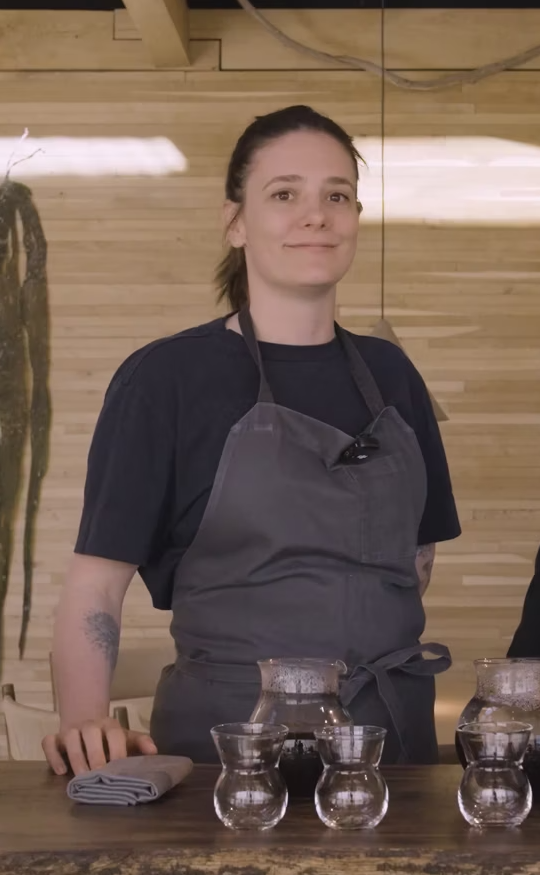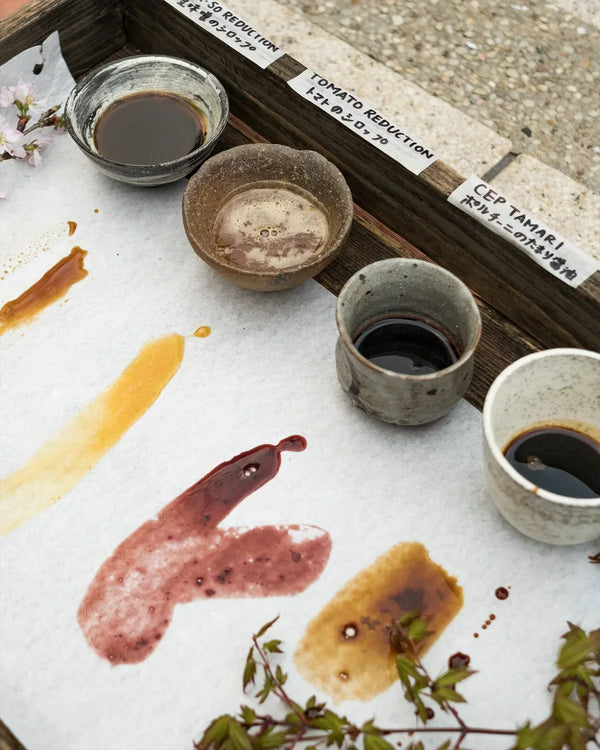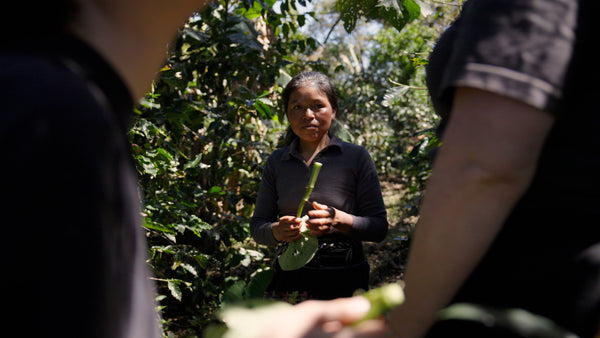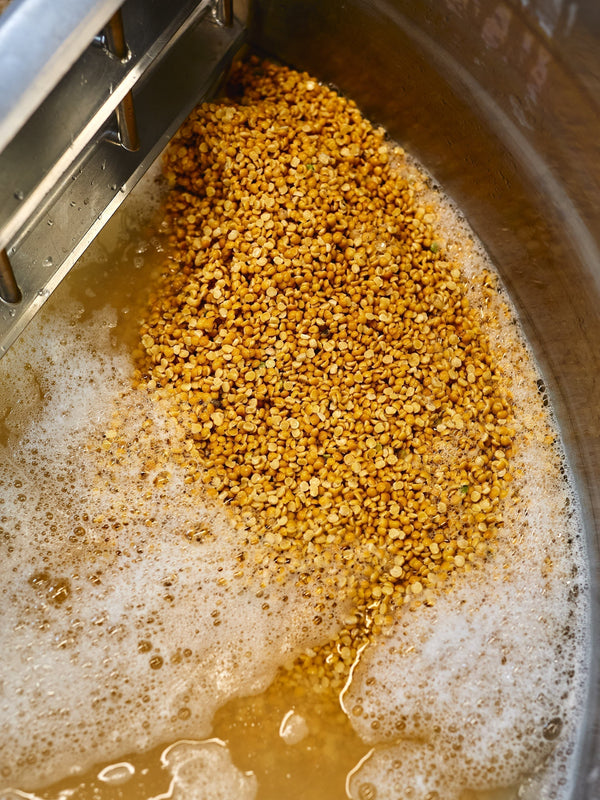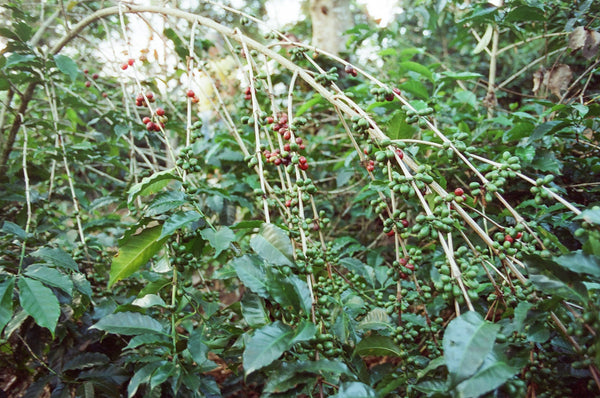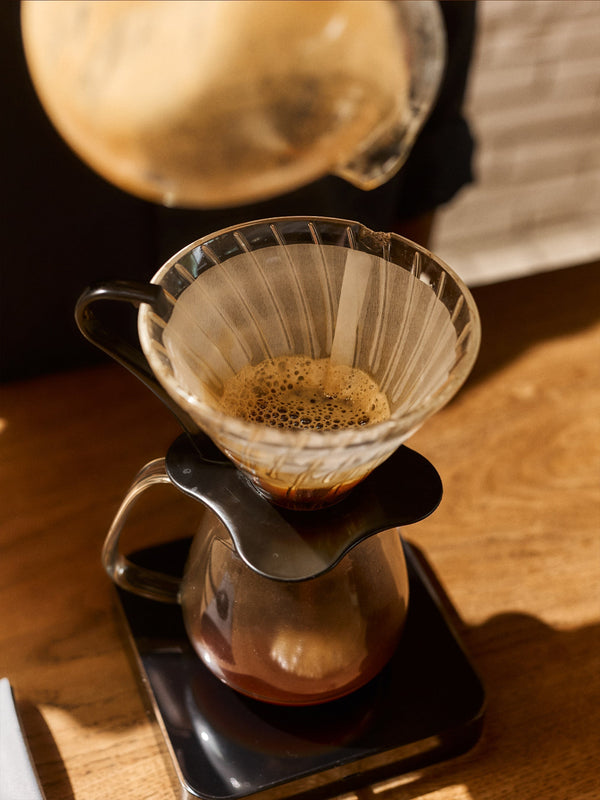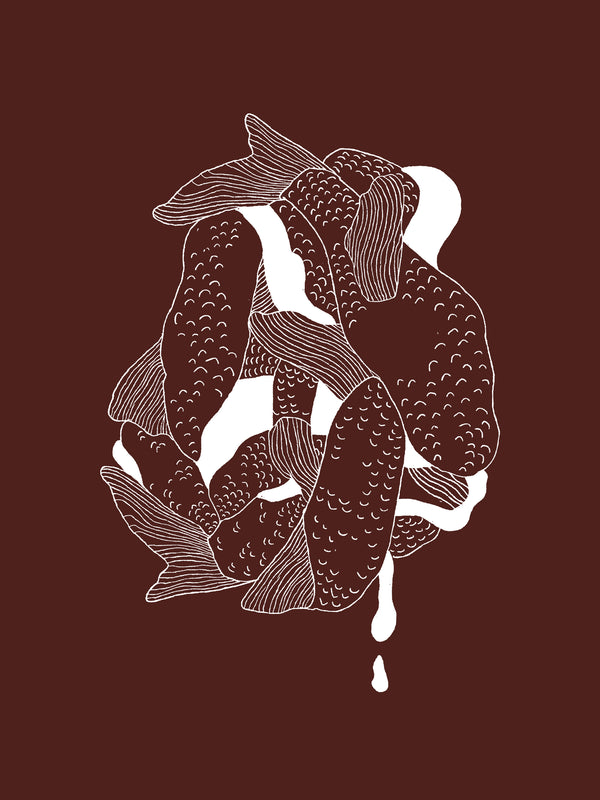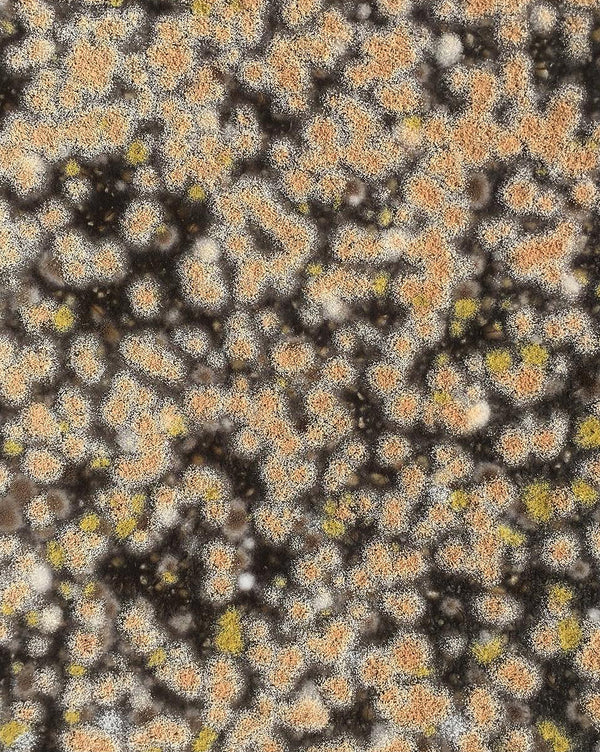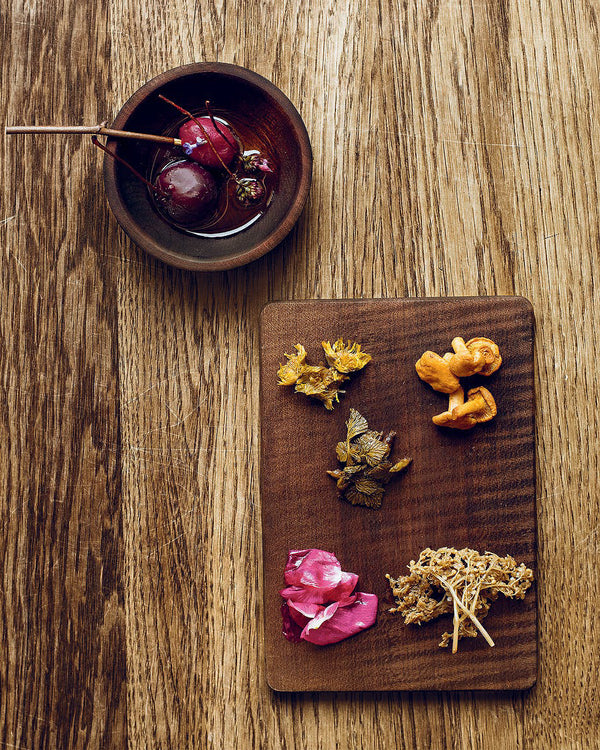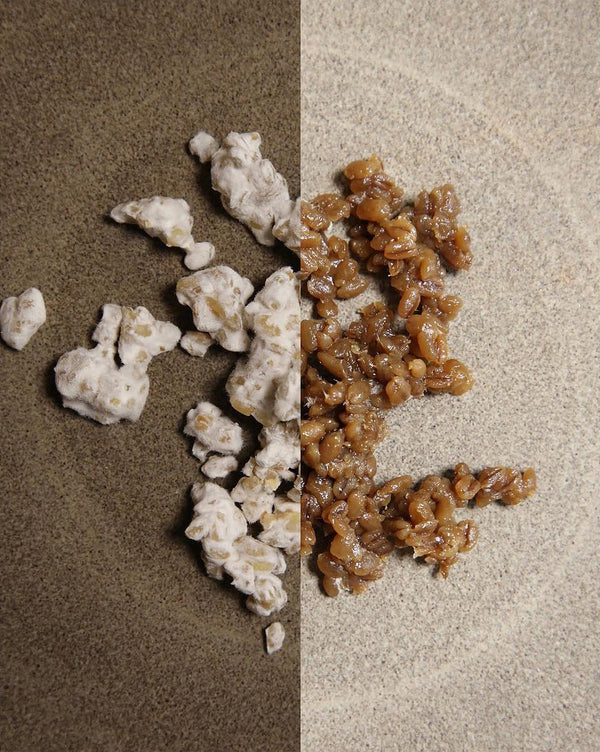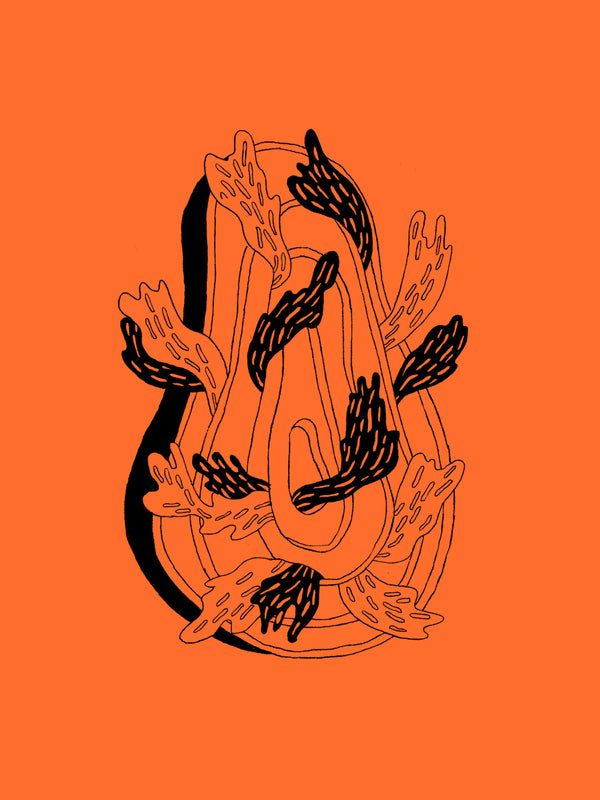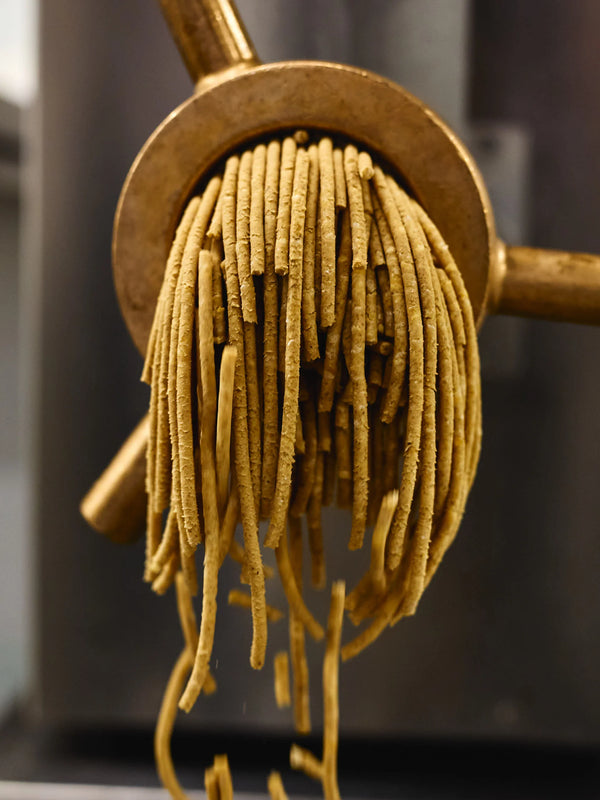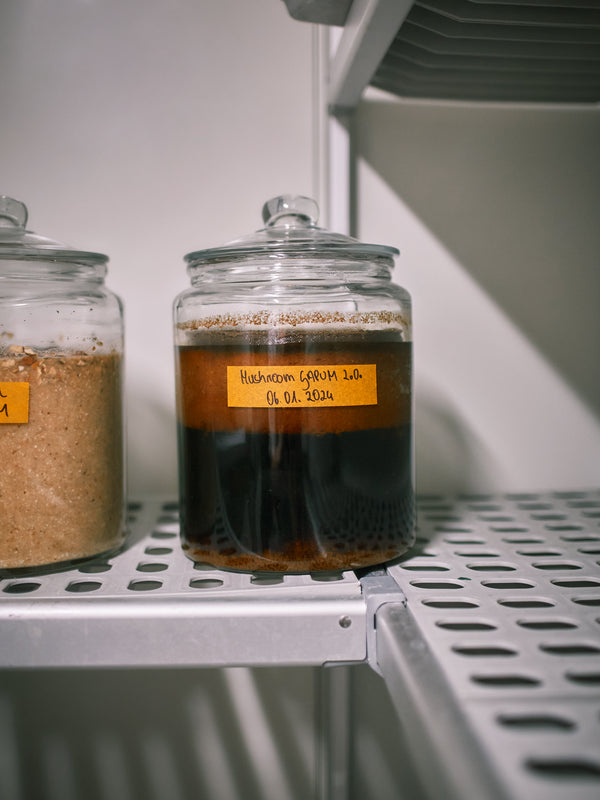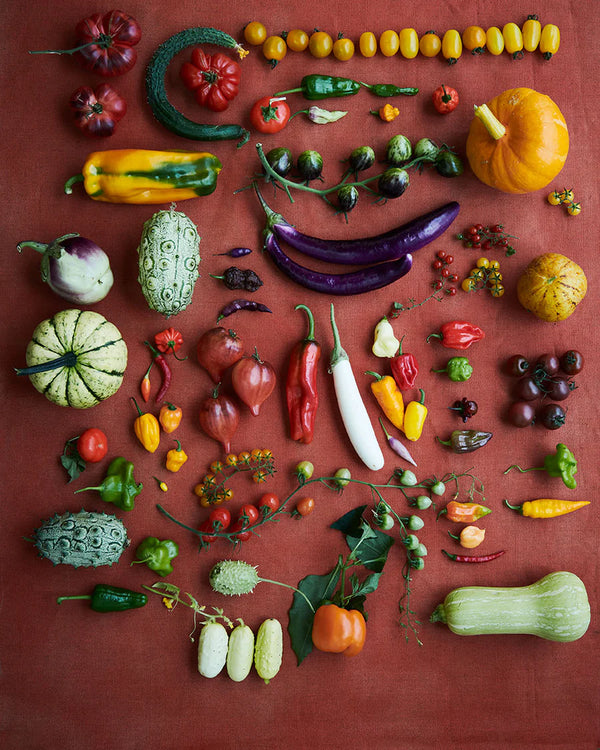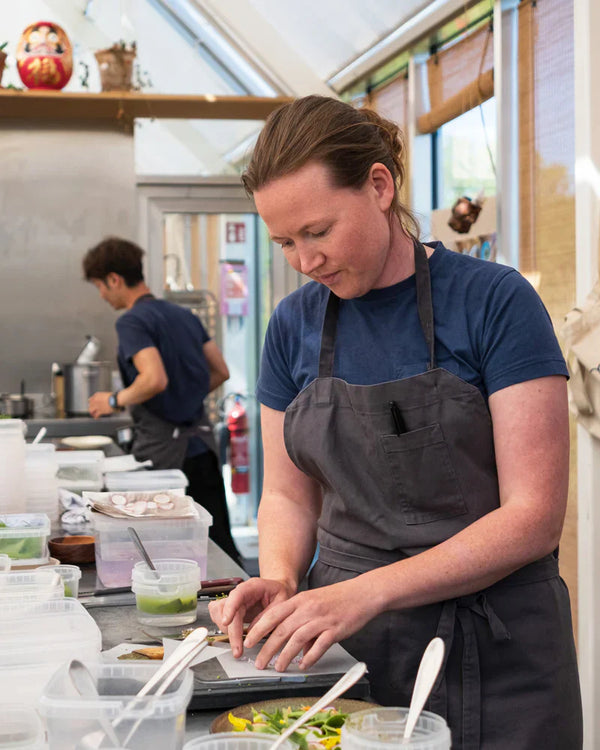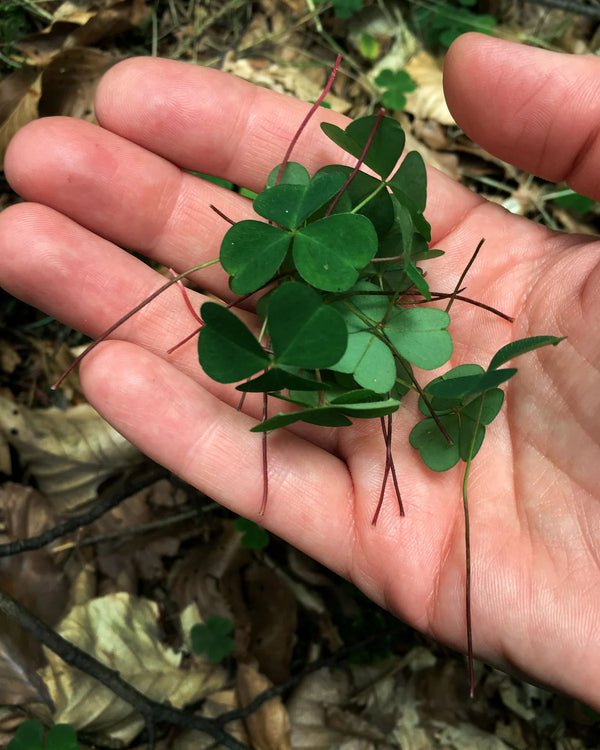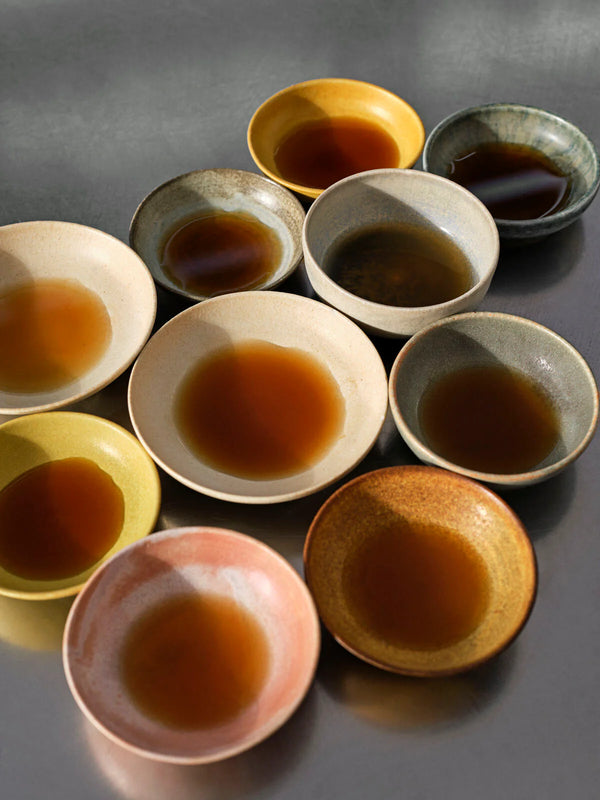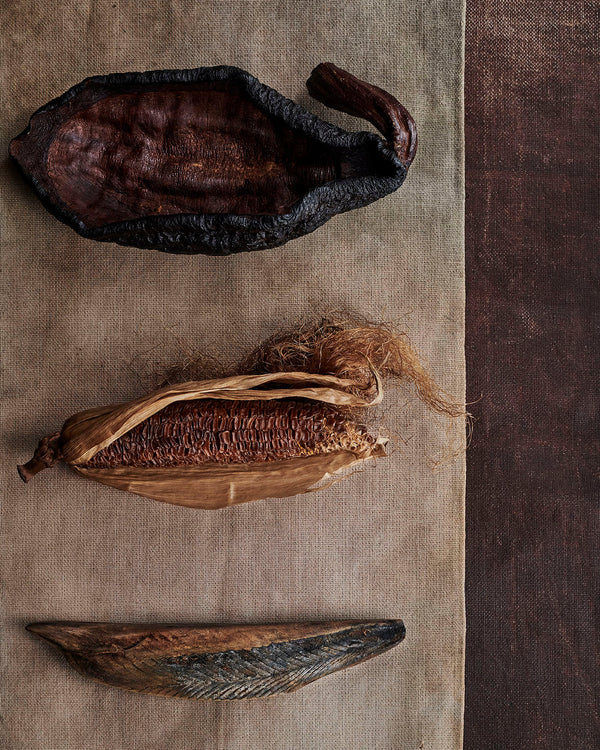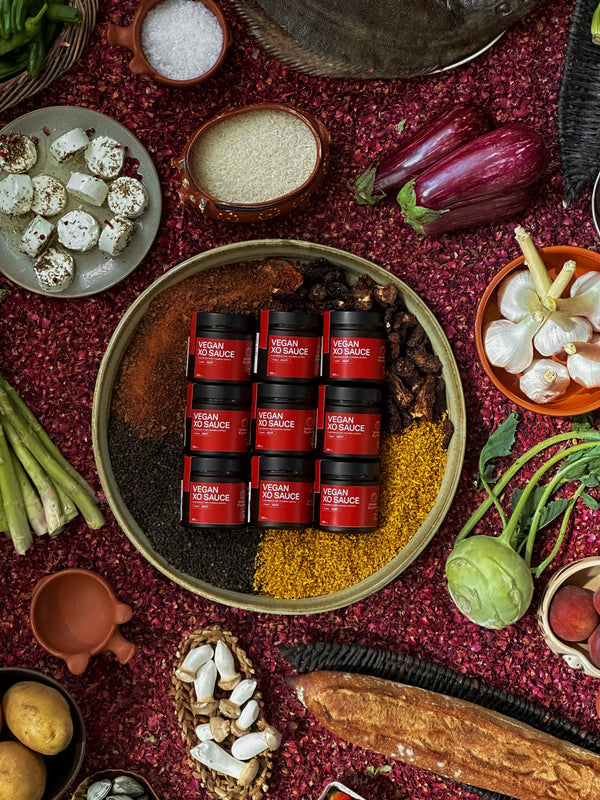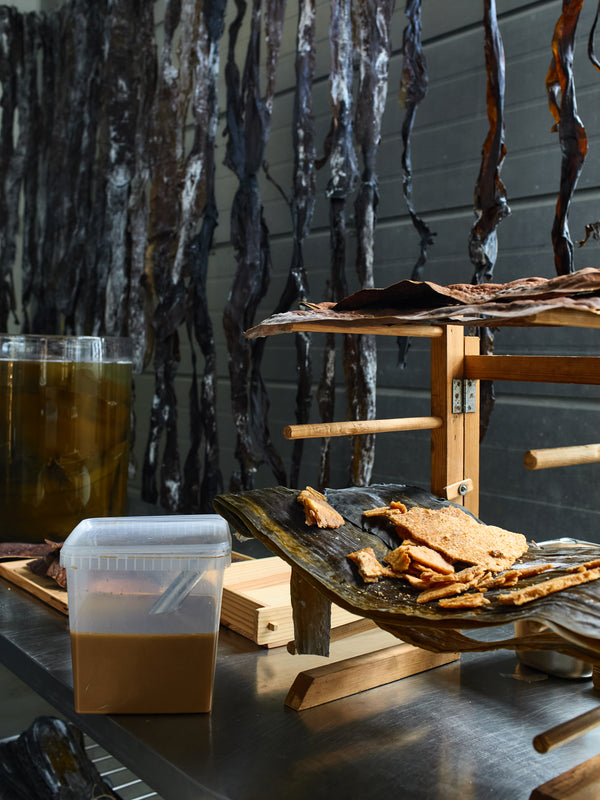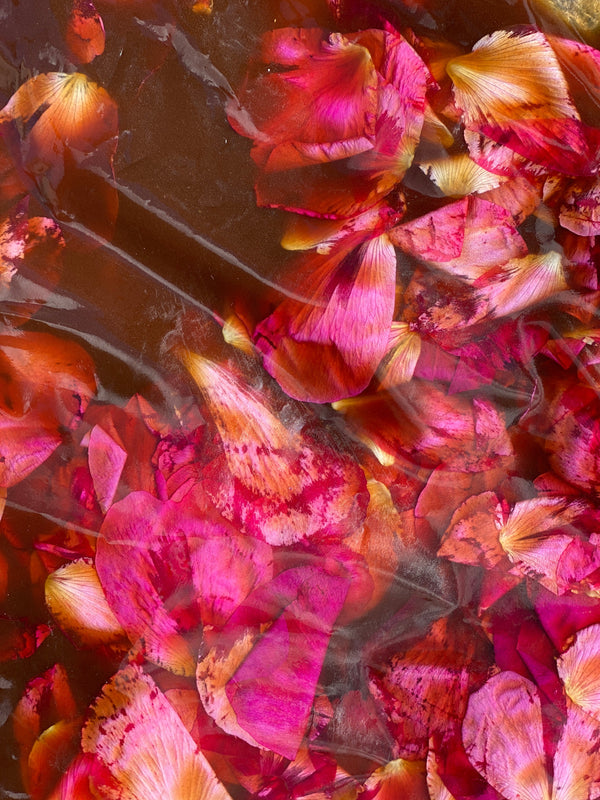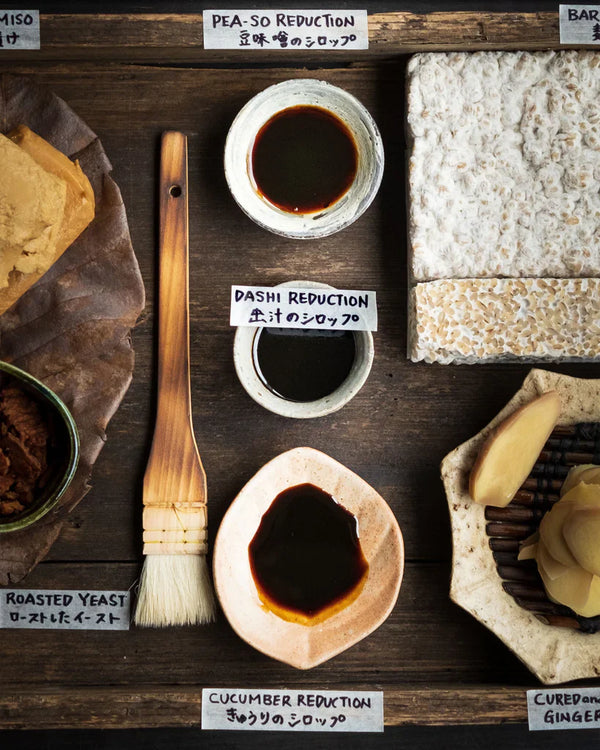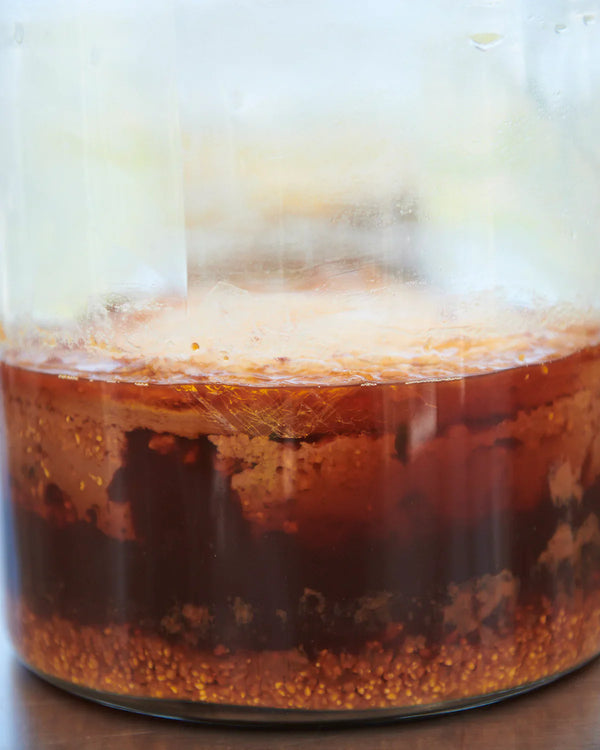What an exciting time to be a Noma team member! Here's a peek into what it was like during our travels and experiences in Japan for our pop-up in Kyoto.
As the weather warms up, new life has begun to spring forth from the ground in anticipation of summer. In a way, the arrival of spring is the perfect metaphor for our pop-up in Kyoto; a finite moment in time and place to showcase an array of techniques, ingredients, and concepts that we've developed for years in preparation.
A natural starting point in delving into Japan's food traditions was to explore katsuobushi and kombu, the main components of dashi, which is the backbone of Japanese cuisine, and a broth of vigor and rich with umami.

Starting with the craft of katsuobushi making, together with a fourth-generation craftsman, we explored the possibilities of the process beyond bonito. In collaboration, we experimented with using pumpkin, corn and other vegetables in place of the traditional fish. The results were delicious, and not only did we use them in our menu in Kyoto, but we will definitely take them with us in our future menu development at noma and in our product development at Noma Projects.
Hand in hand with katsuobushi, kombu completes the dashi base. So, we went to Hokkaido, where most of Japan's kombu is harvested to examine its history and role in the development of MSG. We also tasted several other varieties of seaweed that were new to us. On our menu, we featured a selection of these seaweeds in a hotpot course, where diners were encouraged to dip different fresh seaweeds into a pot of roiling broth. In a moment of surprise and delight, some of the seaweed flourished from deep forest green to bright green when swirled through the hot liquid. You can read more about the science behind that color change and why certain seaweeds bloom different colors when heated.

Beyond exploring those two pillars of Japanese cuisine and culture, a highlight of our research for Kyoto was in discovery of ingredients that were totally new to us. Occupying several spotlights on the menu were products never-before-used by the noma kitchen. The euphoria of tasting something completely new was shared many times in the kitchen during the development of our menu.
- We tasted green rice for the first time that was grown and harvested by a single farmer.
- We returned from Okinawa with crates of sunshine-yellow egg fruits, cradling the fragile treats and ripening them with intention and attention.
- We tasted misozuke tofu from Fukuoka, a very traditional preparation that, while known to some for generations, was completely original in our eyes. This vegan foie gras-like product lends richness to a confit of fragrant and striking red ginger.

Opening during bamboo season allowed us to feature the meaty, fast-growing shoots for the first time. Of course, celebrating seasonality also means missing out on ingredients whose time has passed. Though we weren't able to feature whole Sawagani, or freshwater crabs, on our menu, we harvested them during their season ahead of the pop-up and fermented them into a garum, allowing us to draw the essence of the crabs into our dishes despite the fresh product being out of season.
Then there are ingredients that we already use at Noma, like roses and black garlic, which have roots in Japan. It was a supreme thrill to use these native ingredients in situ, simultaneously honoring their origins while celebrating new ways of using them.
It's impossible to mention roses in Japan without mentioning another flower that holds such esteem in this country; the cherry blossom. Sakura season came and went during our time in Kyoto. Our staff were treated to a once-a-year, only-in-Kyoto spectacle of color and beauty for the brief flash of pink and white flowers all throughout the city. We were able to capture the flavor of this special moment in our menu both by serving preserved cherry leaves and by creating a rich, marzipan-like oil from the cherry wood—using a process we apply to black currant wood back home—the flavor of which completely blew our minds.
The passing of flowers, typically means the advent of fruit. With no shortage of amazing fruit in Japan (read our post about how the Japanese utilize selective pruning to yield small crops of magically delicious fruit), we applied our usual process of slowly drying in fresh fruit to the best of what was in season. Slow-drying the incredible produce here armed us with concentrated fruit flavors and a less-conventional sweetening option for our menu.
When the dehydrators weren’t drying in strawberries, kiwis, and huscup berries, they were slowly reducing and concentrating the umami in our tamari-like reductions. A low and slow mentality applied to flavorful liquids derived from our ferments opens the floodgates on flavor, with rich, thick, sticky drops of umami playing secret MVP all over our menu.

These flavors and ideas took time to come to fruition, and the test kitchen has since begun to move on to preparing for our homecoming this summer in the middle of the bountiful Scandinavian summertime. The Shinkansen may have an end to its line, but the noma train rolls on—our test kitchen is already hard at work in Copenhagen laying the track for our next voyage. That's the magic of Time and Place; time goes on and places can change. We will of course miss Japan and all its wonderful, delicious, and beautiful ways of life, but we cannot wait to unleash the supernova of creativity that comes with experiencing other cultures and immersing ourselves in another world. Tokyo 2015 changed the game for us, not to mention Australia and Mexico, and Kyoto 2023 is sure to continue that trend. Stay tuned. Stay curious.

